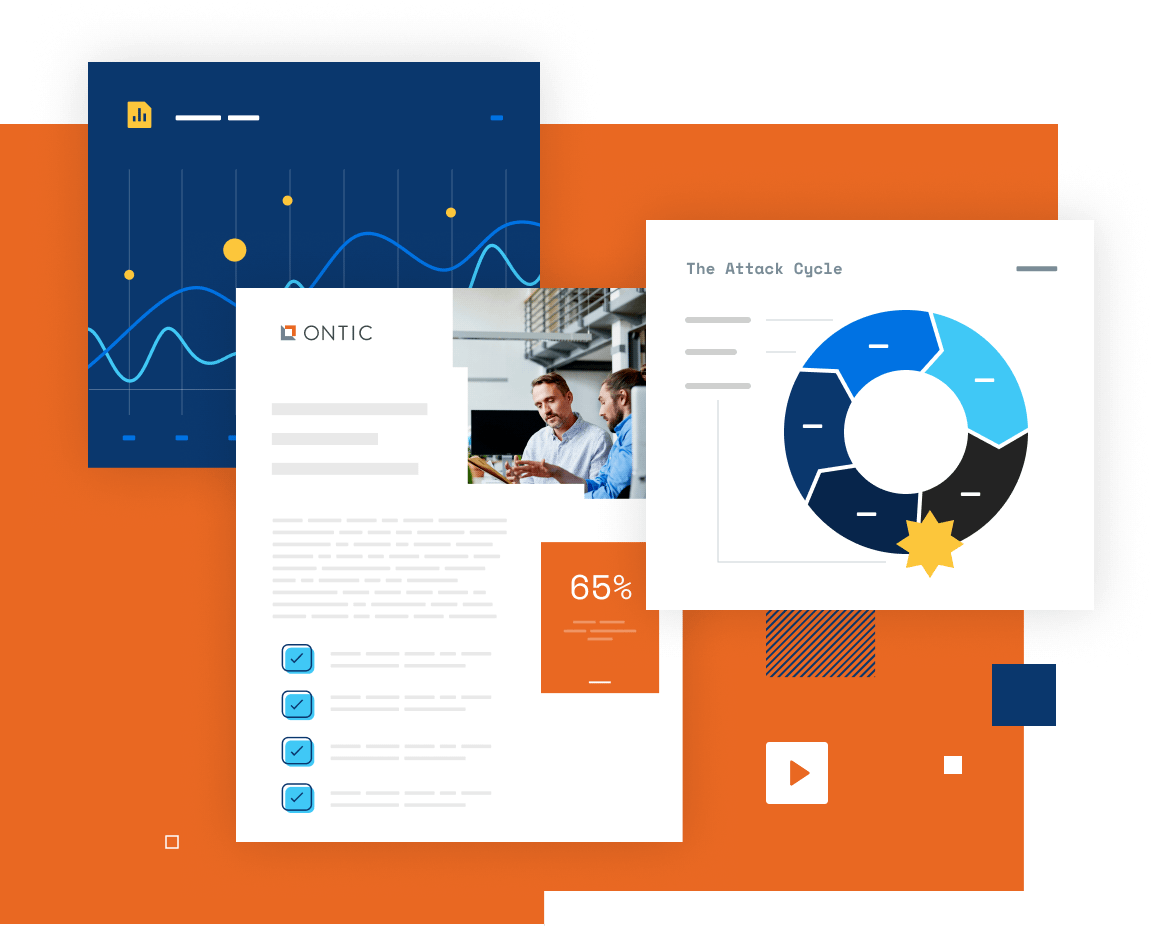How to Get Your Security Program Ready for AI
Practical steps you can take today to strengthen your people, processes, and data to enable AI in corporate security operations

Artificial intelligence (AI) is steadily transforming corporate security — but the journey is uneven. According to the Clarity Factory Annual CSO Survey, 60% of Chief Security Officers (CSOs) report using AI for intelligence gathering and monitoring. Yet most teams still haven’t brought AI into other core areas of corporate security, such as incident management and investigations.
Even more interesting, 69% of CSOs say their teams understand AI’s challenges and opportunities — a confidence that doesn’t always line up with reality. Many organizations still face legacy systems, fragmented data, and limited resources that hinder progress.
True AI readiness isn’t about eagerness. It’s about building a foundation. The teams that move beyond today’s narrow use cases will be those who take the time today to invest in the processes, data, tools, and people that make AI actually work. By pinpointing where AI can add the most value, leaders can take small but strategic steps today that pay off in a smarter, more proactive future.
The future of AI: The greatest potential for impact
AI’s potential in physical security goes way beyond automating intelligence collection. Its real promise lies in helping teams anticipate, prevent, and respond to threats more effectively. Broadly, AI can transform operations across three main areas of work:
- Efficiency and scalability: AI can automate anomaly detection across data sources like social media, dark web, or even video footage and access control systems. This always-on vigilance reduces manual triage and frees teams up for deeper analysis.
- Proactive preparedness: AI can move security from reactive to proactive, simulating risks ahead of key events and layering in context like past incidents and geopolitical data to help teams plan smarter and act sooner.
- Crisis response management: In a crisis, AI can deliver clarity fast, aggregating signals from social media, access systems, and internal communications channels (like Slack or Teams) into actionable intelligence. It can help teams respond decisively and simplify post-incident reviews.
5 steps to prepare for the future of AI in corporate security
Adopting AI doesn’t start with technology — it starts with intention and preparation. To move from experimentation to real, measurable value, you’ll need to get your processes, technology, data, and people ready for AI.
Here are a few practical steps you can take today to get started:
01
Start with targeted pilots
Begin with one workflow, such as executive travel assessments, insider threat response, or incident triage, and test an AI-driven approach in a contained environment. For instance, you might pilot an AI tool within your incident management workflow to automatically categorize alerts, summarize incident details, and recommend next steps based on historical data.
As your team begins to leverage the pilot, track measurable outcomes, such as time saved, reduced false positives, and faster response speed, to quantify the impact. These early pilots not only demonstrate ROI but also help identify where AI delivers the greatest operational benefit and where human oversight remains essential.
02
Audit your data landscape
AI is only as strong as the data it learns from. Many security teams still operate with siloed systems, such as disparate HR databases, access control systems, OSINT feeds, and case management tools that often fail to connect.
Once you have selected a workflow to pilot with AI, start mapping data for this workflow. Ask yourself questions like: Where does it reside? How does it flow across the team and key decision makers? Where does it get stuck?
For example, maybe the data for your incident management workflow lives across access control logs, video systems, case management tools, and communication channels. It often moves manually between analysts and decision-makers, slowing response times. And the biggest bottlenecks come from data silos, inconsistent formats, and limited system integrations.
Centralizing this data provides AI with a comprehensive view of incidents, enabling it to detect patterns, correlate signals, and generate accurate insights. Without unified data, AI will always be limited by blind spots and inconsistent inputs, reducing both speed and reliability.
03
Hire for (and empower) key skills
Even with a successful pilot in place, long-term impact depends on your people. To scale AI effectively, you need team members who not only embrace new tools but also champion their use.
Because it can be difficult to secure budget for new headcount, focus on upskilling your current team — especially those eager to develop their careers. Encourage them to learn, experiment with tools, and share what they discover. Offer internal training or resources that help them strengthen skills such as:
- Technology confidence and curiosity: Comfort exploring new AI tools, refining prompts, and validating outputs.
- Project management: The ability to rethink workflows and manage change as AI becomes embedded in operations.
- Technology translation: Communicating clearly across security, IT, and vendor teams to bridge strategy and execution.
Fostering this development internally builds a more adaptable and innovative team, ensuring AI adoption is sustainable and not dependent on hard-to-find external hires.
04
Build human–AI playbooks
AI will not replace human judgment, but it will redefine it. To strike the right balance, create playbooks that specify when AI leads and when humans should lead.
For instance, maybe AI can handle incident triage (like automatically flagging and escalating anomalies) while humans make the final decisions on whether to investigate individuals or incidents. Document these interactions clearly to ensure accountability and consistency.
Encourage a “co-pilot” mindset, where analysts and AI systems work together. This collaboration not only prevents over-reliance on automation but also helps analysts grow more comfortable interpreting AI outputs.
05
Strengthen governance and training
Ultimately, no AI initiative can succeed without a foundation of trust and strong guardrails. Establish clear governance structures that outline acceptable use, safeguard data privacy, and define accountability frameworks. Just as importantly, ensure your team’s policy aligns seamlessly with your organization’s overarching AI strategy.
To facilitate training, leverage the “AI champions” you’ve trained within your team. These early adopters who can test new tools, share best practices, and mentor colleagues. Keep in mind that training programs should go beyond technical skills to cover ethical use, bias awareness, and decision oversight, ensuring that AI enhances judgment rather than distorts it.
AI’s role in physical security is no longer a distant promise. It’s already reshaping how organizations detect, prepare for, and respond to risk. But true competitive advantage will go to those who start building readiness now.
By piloting focused use cases, enhancing data integration, upskilling your team, and developing clear human–AI playbooks, you can make incremental improvements today that add up to a significant strategic advantage tomorrow.








